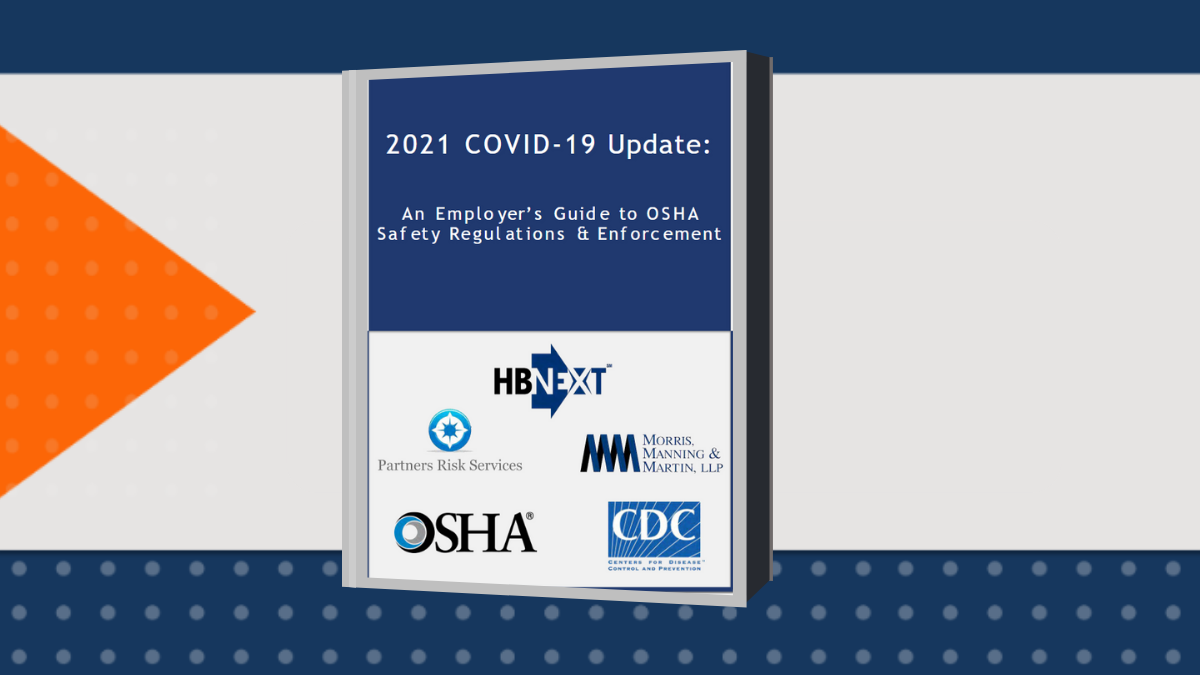The COVID-19 pandemic has employers in uncharted waters when it comes to keeping employees safe and businesses open. Employers must know how to avoid various types of risk, including liability, safety measures, work stoppages, and others, but that can be extremely challenging when a situation is fluid and unpredictable. It seems like things change every day as the pandemic progresses; some for the better, some for the worse.
The rules, regulations, and guidelines shared over the past year from various government and healthcare sources have been a patchwork of frequently changing protocols. The sheer number of instructions, procedures, and mandates that have been distributed is overwhelming and sometimes contradicts previous guidance. Employers are left scrambling, trying to figure out how to protect their employees and remain compliant with Occupational Health and Safety Administration (OSHA) regulations. Uncertainty reigns supreme as a new administration settles in at the White House and Congress has not provided any liability protection for employers in workplace-related COVID-19 outbreaks.
Along with our partners from Morris, Manning & Martin and Partners Risk Services, HB NEXT has gathered the latest information from the Centers for Disease Control and Prevention (CDC), OSHA, and the Biden Administration to help employers maximize safety and productivity, while minimizing risk and effort. Compliance with new laws, regulations, and guidance, particularly from OSHA, is vital to keeping businesses operational. President Biden has mandated a great deal of changes through Executive Orders and business owners will need to know what these mean for their companies and their workers. We’ll cover compliance, legal, and insurance considerations throughout this document and hope that you find this to be a useful tool in protecting your business.
Please fill out the form to access the content
Resource Sponsored By


